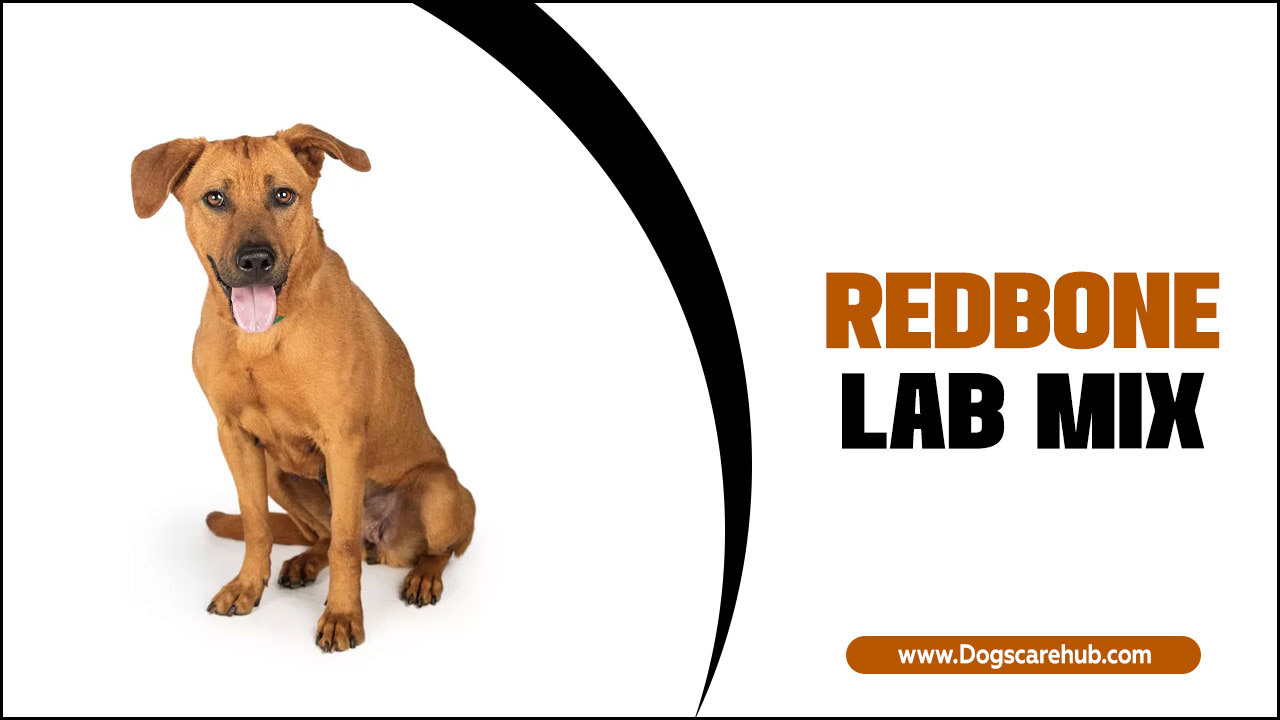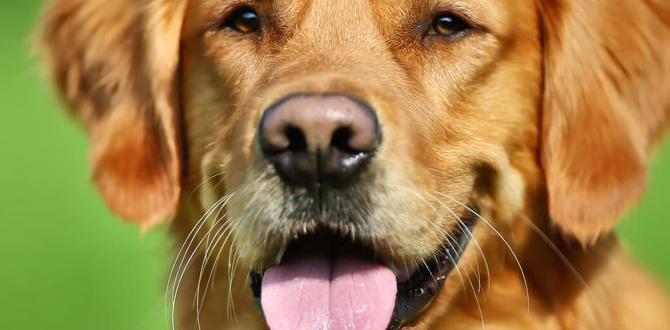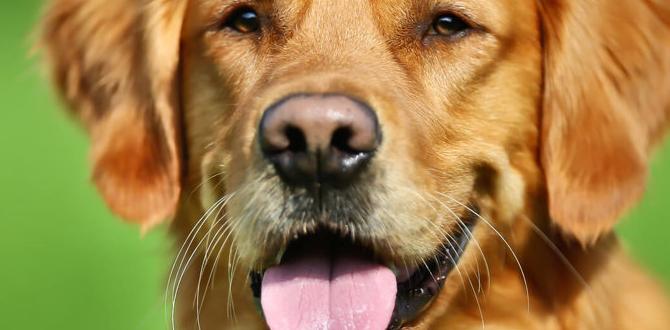Dominance aggression training is a complex area of dog behavior modification that requires a nuanced and informed approach. Understanding the root causes of such aggression is the first crucial step towards developing effective solutions. While the concept of “dominance” in dogs has been debated and redefined by modern ethology, the behavioral patterns we often associate with it – like possessiveness, resource guarding, or challenging authority – are very real and can manifest as aggression.
Understanding Dominance Aggression in Dogs
Historically, the term “dominance aggression” was used to describe aggressive behavior stemming from a dog’s desire to assert its position within a social hierarchy. However, contemporary understanding suggests that this behavior is often more about insecurity, anxiety, territoriality, or learned responses rather than a pure desire to dominate. Regardless of the underlying cause, these behaviors can be dangerous and distressing for both the dog and its owner.
Key indicators that might be misconstrued or labeled as “dominance aggression” can include:
Resource Guarding: Growling, snapping, or biting when someone approaches their food, toys, or even their favorite resting spot.
Territorial Aggression: Aggression directed towards people or other animals entering what the dog perceives as its territory (home, yard).
Possessiveness: Similar to resource guarding, this can extend to owners or specific objects.
Body Posturing: Stiff body, raised hackles, direct eye contact, lip curls, or a locked jaw when challenged or feeling threatened.
Refusal to Comply: Ignoring commands, pushing past their owner, or challenging leash pressure.
It’s vital to distinguish these behaviors from other forms of aggression, such as fear-based aggression, pain-related aggression, or redirected aggression. A professional evaluation is often necessary to accurately diagnose the type of aggression and tailor a treatment plan.
The Importance of Professional Guidance for Dog Dominance Aggression Training
Attempting dog dominance aggression training without expert guidance can be counterproductive and even dangerous. Many outdated methods, often rooted in “alpha rolling” or punishment-based techniques, can exacerbate fear and anxiety, leading to more severe aggressive incidents. Modern, science-based training focuses on building trust, positive reinforcement, and modifying the underlying emotional state of the dog.
A qualified professional trainer or a veterinary behaviorist will take several key steps:
1. Behavioral Assessment: They will conduct a thorough assessment, which may involve observing the dog in various situations, interviewing the owner, and ruling out medical causes for the aggression.
2. Management Strategies: Immediate steps to prevent further aggressive incidents will be implemented. This could include leash management, crating, baby gates, and avoiding triggers.
3. Behavior Modification Plan: This is the core of the training. It will focus on changing the dog’s emotional response to triggers and teaching them alternative, acceptable behaviors.
4. Owner Education: Crucially, owners will be taught how to understand their dog’s body language, manage situations, and consistently apply the training techniques.
Effective Strategies in Practice
When engaging in dog dominance aggression training (or more accurately, aggression management that addresses behaviors previously attributed to dominance), the focus shifts from “showing the dog who’s boss” to building a strong, positive relationship based on clear communication and trust.
Management and Prevention
Before any training can be effective, the environment must be managed to prevent the dog from practicing the unwanted behavior. This means:
Preventing Resource Guarding: Feeding the dog in a quiet, undisturbed location. Not approaching the dog while it’s eating or chewing a high-value item. Teaching a “trade” cue where you offer something better in exchange for an item.
Controlling Territoriality: Limiting the dog’s access to windows or doors where they might bark and become agitated. Using appropriate barriers to prevent unwanted interactions with visitors.
Leash Etiquette: For leash reactivity, using appropriate equipment like front-clip harnesses or head halters (under professional guidance) to provide better control without causing pain or fear.
Desensitization and Counter-Conditioning
These are cornerstone techniques for modifying aggressive responses.
Desensitization: Gradually exposing the dog to the trigger (e.g., another dog, a person approaching their food bowl) at a distance or intensity where they do not react aggressively. The goal is to reduce their sensitivity to the trigger.
Counter-Conditioning: Pairing the presence of the trigger with something the dog loves (e.g., high-value treats, a favorite toy). For example, the moment another dog is seen at a distance, you give your dog a delicious treat. As the trigger disappears, the treats stop. Over time, the dog begins to associate the trigger with positive experiences rather than negative ones.
Positive Reinforcement Training
This approach focuses on rewarding desired behaviors. Instead of punishing unwanted behavior, trainers reward behaviors that are incompatible with aggression.
“Look at That” Game: Teaching the dog to look at a trigger and then look back at you for a reward. This redirects their attention and builds a positive association.
Reward for Calmness: Rewarding the dog for remaining calm and relaxed in situations that would have previously elicited aggression.
* Teaching Alternative Behaviors: Training commands like “sit,” “stay,” “down,” or “go to your mat” can provide structure and offer the dog a way to respond appropriately in triggering situations.
Building a Strong Bond
At the heart of successful dog dominance aggression training is establishing a clear, respectful, and trusting relationship. This is achieved through consistent routines, fair leadership (not forced dominance), ample positive interaction, exercise, and mental stimulation. A well-exercised and mentally engaged dog is less likely to develop or exhibit problem behaviors.
When to Seek Professional Help
If your dog exhibits any signs of aggression, especially if it involves biting, snapping, or lunging, it is crucial to seek professional help immediately. Ignoring the problem will not make it go away and could lead to escalating incidents, potential legal issues, or the heartbreaking decision of rehoming or euthanasia.
A certified professional dog trainer (CPDT-KA, CPDT-KSA), a certified applied animal behaviorist (CAAB), or a board-certified veterinary behaviorist (DACVB) are the professionals best equipped to handle these situations. They will work with you to create a safe and effective plan tailored to your dog’s specific needs and challenges. Remember, patience, consistency, and a commitment to positive training methods are key to successfully addressing aggression and fostering a harmonious life with your canine companion.
Meet Elyse Colburn, the devoted canine companion and storyteller behind the enchanting world of “Tales, Tails, and Adventures Unleashed.” A passionate dog enthusiast with a heart full of paw prints, Elyse Colburn shares heartwarming tales and insightful adventures, celebrating the joy, loyalty, and endless antics that make every dog a true hero. Join Elyse Colburn on this tail-wagging journey, where every post is a love letter to our four-legged friends.






